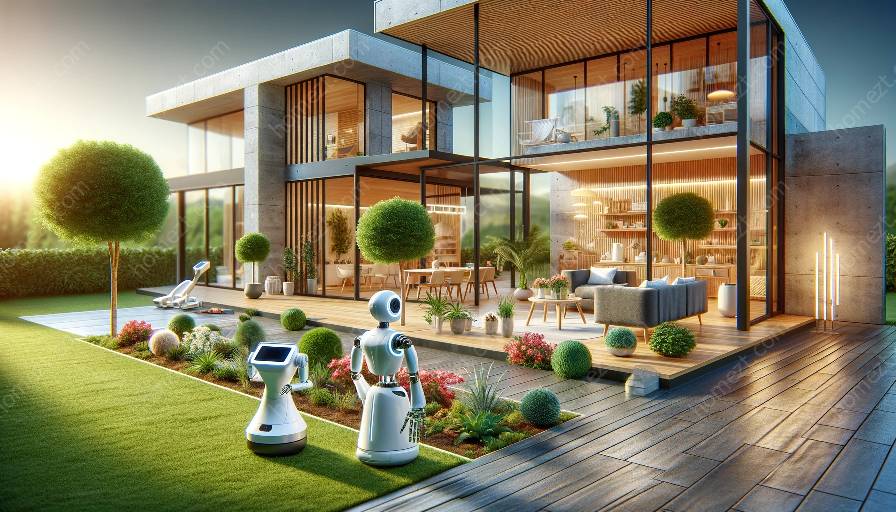Home automation robotics has seen significant advancements in recent years, revolutionizing the way we interact with our living spaces. This innovation has been made possible through the application of robotics in home automation and intelligent home design.
Understanding Home Automation Robotics
Home automation robotics refers to the integration of robotic technology into residential environments to automate and control various functions and tasks within the home. It encompasses a wide range of devices and systems that are designed to enhance convenience, efficiency, and security for homeowners.
Application of Robotics in Home Automation
The application of robotics in home automation has expanded rapidly, offering homeowners unprecedented levels of control and customization. For example, robotic vacuum cleaners and lawn mowers have become popular choices for automating household chores, while smart home hubs utilize robotic technology to manage and coordinate various connected devices and systems within the home.
Additionally, advancements in machine learning and artificial intelligence have empowered robotic systems to learn and adapt to the unique needs and preferences of homeowners, leading to more personalized and intuitive automation solutions.
Intelligent Home Design
Intelligent home design plays a crucial role in the seamless integration of robotics into modern living spaces. Architectural and interior design considerations are increasingly focused on accommodating and concealing robotic devices, ensuring that they blend harmoniously with the aesthetic and functional aspects of a home.
Furthermore, intelligent home design emphasizes the creation of interconnected and adaptable spaces that support the deployment of robotic technology, enabling homes to evolve and respond to changing needs over time.
Advancements and Innovations
The realm of home automation robotics has witnessed numerous notable developments, with a focus on enhancing user experience, expanding functionality, and integrating with emerging technologies. Some of the key advancements include:
- Enhanced Sensory Capabilities: Robotics in home automation are now equipped with advanced sensors, allowing them to perceive and interact with their surroundings more effectively. This enables them to navigate complex environments and respond to dynamic conditions with greater precision.
- Voice and Gesture Control: The integration of voice recognition and gesture control technologies has made it simpler for homeowners to communicate and interact with robotic devices, offering intuitive and hands-free operation.
- Collaborative Robotics: Collaborative robots, or cobots, have been introduced to assist and collaborate with individuals in home settings, facilitating tasks that require human-robot teamwork while prioritizing safety and adaptability.
These advancements not only enhance the functionality of home automation robotics but also contribute to their seamless integration into everyday life, further blurring the lines between technology and home environments.


